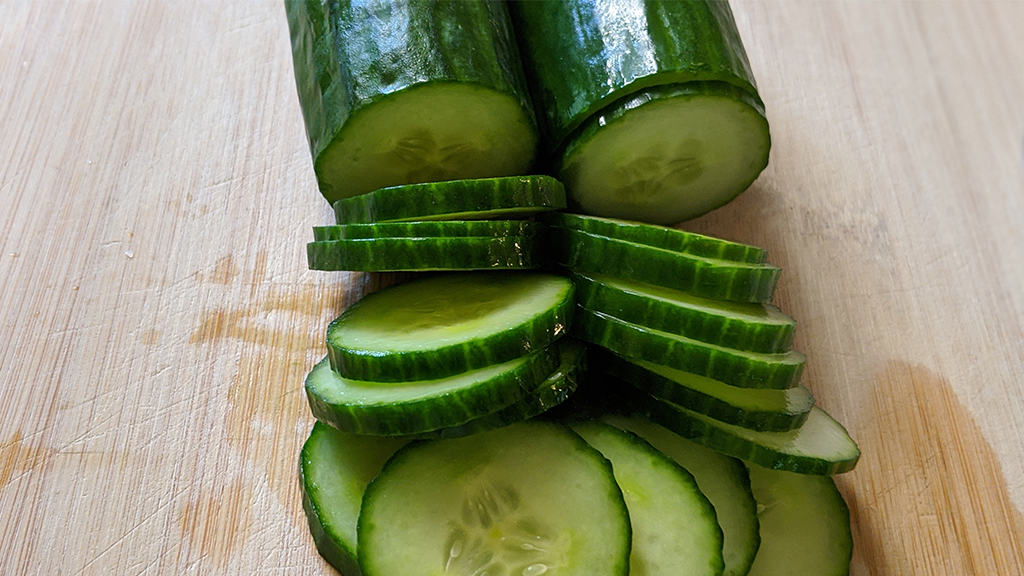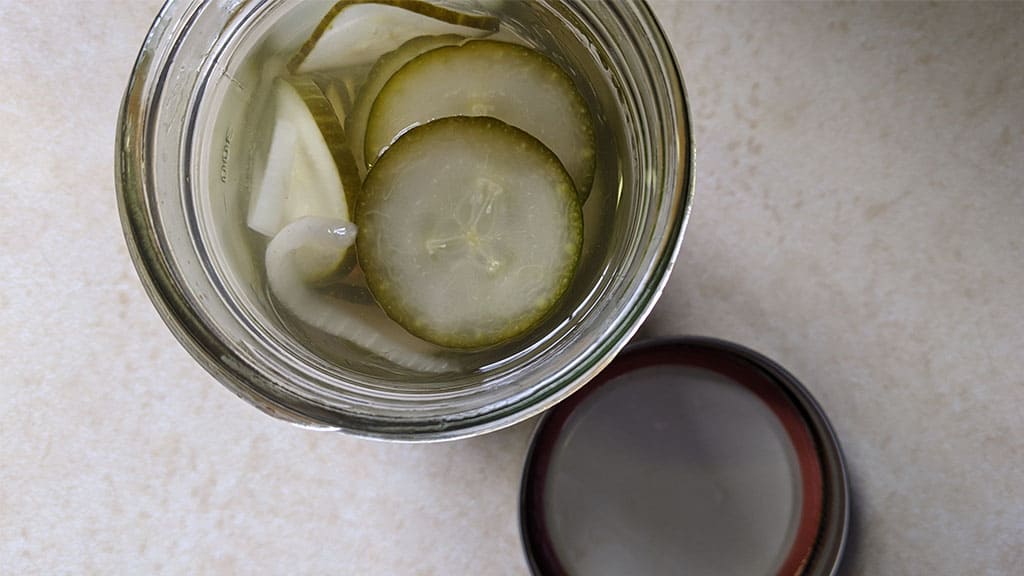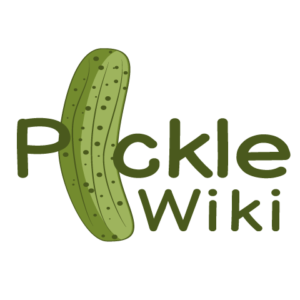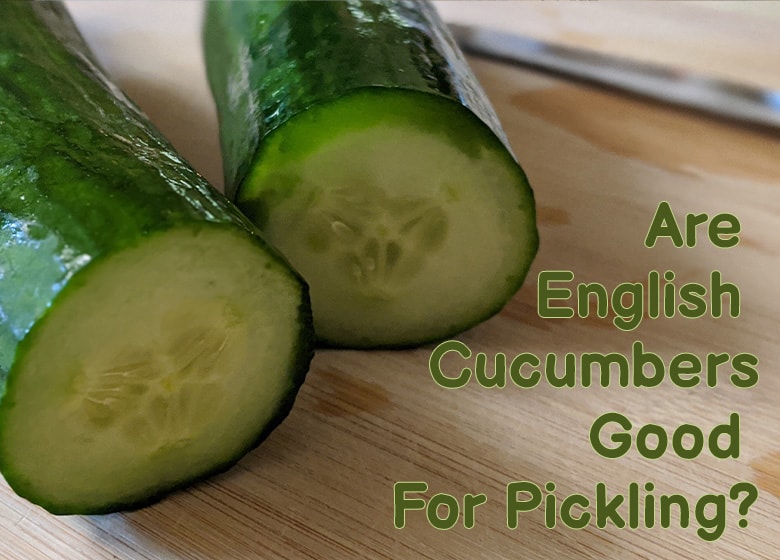Traditional pickles are made from cucumbers, but the kind of cucumber dictates the flavor and texture. English cucumbers are one of the options available, and they make a great pickle for anyone that appreciates a flavorful pickle with a softer bite.
English cucumbers make a good cucumber for sliced pickles because they’re seedless and have thin skin. English cucumbers are ideal for creating a pickle that absorbs all of the seasonings you want to infuse, with a little less crunch than other cucumbers. If you want a pickle for your sandwiches or burgers or want to make a relish, English cucumbers are a good choice.
If you’ve always purchased pickles in the store, you may not realize that different cucumbers are used in the pickling process. But if you’re interested in making your pickles, choosing the right one is essential for having the perfect pickled product. Keep reading for more on pickling English cucumbers.
Are English Cucumbers Good for Pickling?
English cucumbers are a great option for pickling, as long as you know what to expect. They make fantastic sliced pickles, thanks to the thin skin. This means the outcome of pickling an English cucumber won’t have as much of a crunch or snap as some pickles. Also, keeping a close eye on pickling time is important, since English cucumbers’ skin is broken down quicker than others.
If you’ve ever put a pickle on your sandwich that’s too crisp and slides right off, you know how much it can ruin that perfect bite. Making your sandwich pickles with English cucumbers can help you avoid this sandwich snafu, with the softer texture.
Aside from the texture, the skin on English cucumbers and lack of seeds enable the pickling liquid to get in. There are work their flavor magic. If you’re after a super crunchy pickle with a heavy snap, English cucumbers aren’t the right choice. But if you prefer a flavorful bite with a slightly softer texture, you’ll love a pickled English cucumber.
English cucumber pickles are also great for relish. Everyone has a relish preference, whether it’s a little sweet, extra spicy, or heavy on the salt. Since relish is almost like a sauce, consistency is key. A softer pickle, like one made from an English cucumber, is perfect for turning into relish.
Different Kinds of Pickles
There are all different kinds of pickles out there. While recipes are a great guide for making pickles, your pickle preference should be considered too. You can use an English cucumber in just about any of the traditional kinds of pickle recipes. It’s just important to remember that they don’t have as much skin and can’t sit in the pickling liquids for as long as others.
Here are some classic kinds of pickles that you can make at home with English cucumbers:
- Dill Pickles: Dill pickles are the most popular pickle in the world. These pickles are what they say they are: pickles brined heavily in dill. These classic pickles are made in every possible variation from garlic to spicy, whole to chipped, and even dill pickle-flavored potato chips.
- Sour Pickles: A sour pickle ferments in water with pickling salt and isn’t brined in vinegar. A half-sour is a pickle undergoes fermentation for six-weeks or less. After six weeks, these pickles get canned and become sour pickles. Without the kick of vinegar or the added sweetness of sugar, fermentation’s sourness gives these pickles their name.
- Bread and Butter Pickles: Despite the name, bread and butter are sweet and sour pickles. The term originated from the Great Depression when an inexpensive lunch option was bread and butter served with cucumbers. The sweet and sour flavor uses a higher sugar ratio to vinegar in the brining process to create a balanced flavor.
- Sweet Pickles: A cousin to the bread and butter pickle is the sweet pickle. These pickles have a higher brine concentration of sugar, eliminating the sour the taste. Sweet pickles often pair with sliced onions in the jar.
- Kosher Pickles: These pickles are not necessarily Kosher in the religious sense but get their name from the brining’s pickling salt. Kosher salt is a form of non-iodized table salt.
How an English Cucumber Becomes a Pickle
Flavors are absorbed in the pickled process when foods are soaked in a brine or vinegar. The acidity of the pickling liquid breaks down the skin and infiltrates the flesh. This is where the flavor sinks in and takes the cucumber to the pickle level.

Slicing English Cucumbers for Pickling
The vital first step in preparing any cucumber for pickling is slicing off the blossom end. Leaving the blossom will produce soggy pickles.
How you slice your cucumber depends on the type of pickle and crunchiness you prefer. A thinner sliced pickle will have less crunch. Due to the length and narrowness of an English cucumber, the preferred method is slicing into medallions.
With the peel of English cucumbers being so thin, there’s a smaller barrier between the flesh and the pickling liquid. Slicing them to thin will let too much liquid in, and you’ll be left with mushy pickles.
If you prefer spears, use a shorter and broader variety of cucumber. Keep the size of your jar in mind when deciding to cut into spears.
Cleaning Jars Before Pickling
Sterilizing your canning jars is the first step in reducing the risk of contamination. Place your jars in a large pot and cover them with hot water. After bringing the water to boil, set your timer for ten minutes, and then remove the jars with tongs. Make sure you have a clean, dry surface and place the jars upside down.
Step two is cleaning the lids and rings. Use the same process as above with simmering, not boiling water. Boiling the lids will damage the silicone seals.
Brining English Cucumbers
The most straightforward version to make at home is refrigerator pickles. This method produces crunchy pickles in a couple of days.
After slicing your cucumbers and any other vegetable you would like to include for flavor like onion, begin to layer them in the jar.
Lightly salt each layer before adding the next. Fill the jar, seal the lid, and place it in the refrigerator overnight.
English Cucumber Pickle Recipes

English cucumbers are often labeled seedless or burpless in the grocery store or as plants for your garden. These long and narrow cucumbers are not entirely seedless. The seeds are much smaller than other cucumbers, so there’s no need to remove them.
The edible skin of English cucumbers is thinner and less bitter. Some people report the taste of this cucumber as sweeter than other cucumbers.
Here are some recipes that work well with English cucumbers. These already factor in the thin peel of English cucumbers in their timing, so you don’t have to do the guesswork.
- Easy Lemon Cucumber Pickles have red bell peppers, onion, and garlic added with a mix of celery seed, mustard seed, dried dill, and pickling spice.
- Fresh Cucumber Pickles is a version of refrigerator pickles using apple cider vinegar, crushed red pepper, dill, and celery seed.
- Pick a Peck of Homemade Sweet and Spicy English Cucumber Pickles, adds dill, bay leaf, garlic, crushed red peppers, mustard, and coriander seeds. This recipe also replaces white table sugar with brown sugar for added sweetness.
If you’re interested in expanding your pickling prowess, I recommend starting with the book, DIY Pickling: Step-By-Step Recipes for Fermented, Fresh, and Quick Pickles
Final Thoughts
The next time you’re cruising the produce aisle and see that long, plastic-covered cucumber, think about giving them a try as a pickle. Whether you decide to try your hand at homemade pickles or let someone else do the work, the English cucumber makes for a great pickle.

